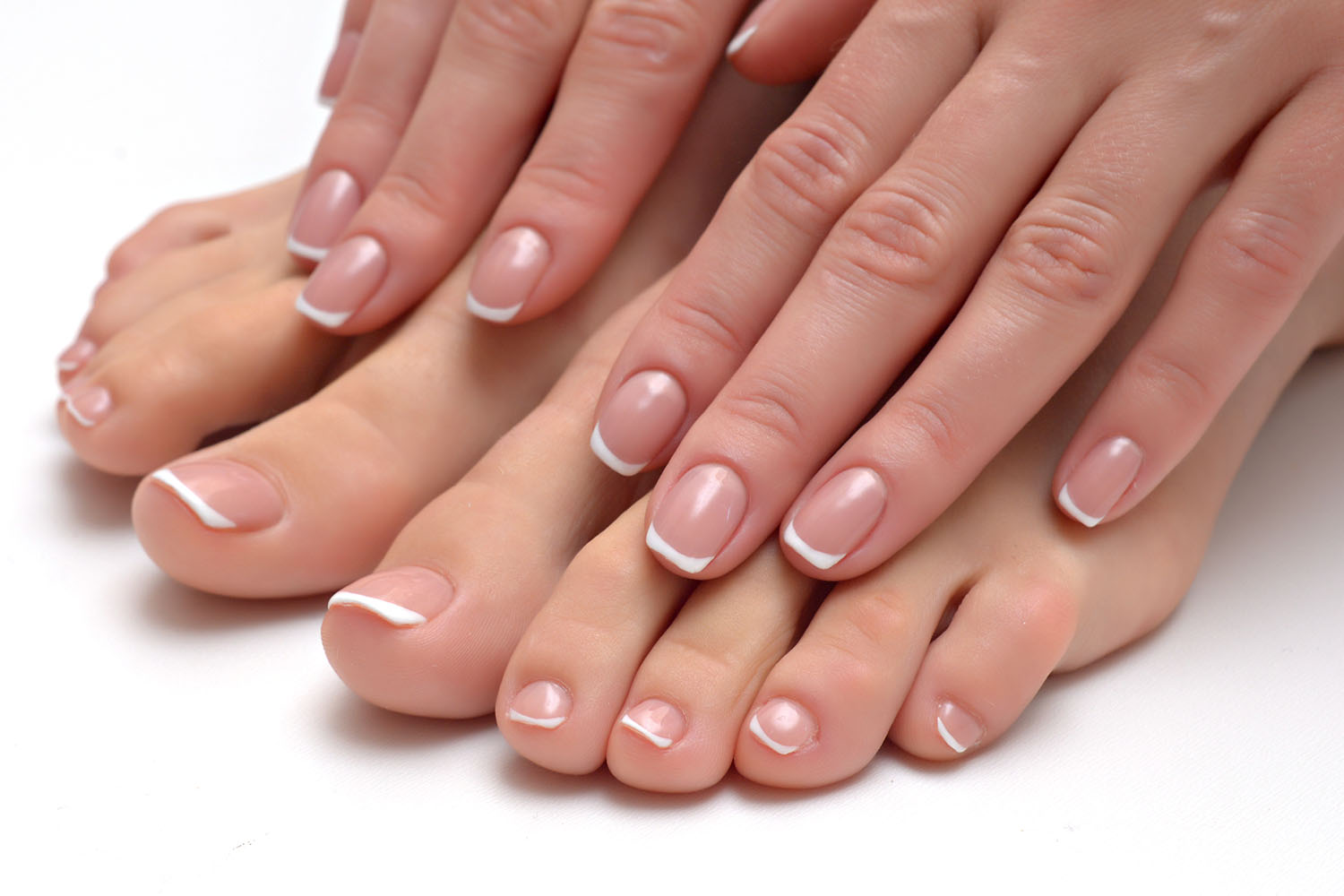Overview
Toes and fingers are essential components of human anatomy, playing crucial roles in mobility, dexterity, and daily activities. While fingers are often named (thumb, index, middle, ring, and pinky), toes also have informal names in various cultures. This blog will delve into the names of toes and fingers, their anatomical significance, and international research on this topic.
Anatomical Overview
Fingers
The human hand consists of five digits:
- Thumb (Pollex): Crucial for gripping and manipulating objects.
- Index Finger (Pointer/Forefinger): Often used for pointing and precision tasks.
- Middle Finger (Digitus Medius): The longest finger, central to hand function.
- Ring Finger (Digitus Annularis): Associated with wearing rings, particularly in marriage traditions.
- Pinky (Little Finger/Digitus Minimus): Smallest finger, contributing to grip strength.
Toes
Toes, like fingers, play vital roles in balance and movement. The five toes are:
- Big Toe (Hallux): Largest and most crucial for balance.
- Second Toe (Digitus Secundus): Often the longest in some individuals.
- Middle Toe (Digitus Medius): Central toe.
- Fourth Toe (Digitus Quartus): Fourth in sequence.
- Little Toe (Digitus Minimus): Smallest toe, essential for lateral balance.
Toes Fingers Name Across Cultures
The concept of naming toes is less common than naming fingers, but various cultures and traditions have informal names for toes. In English, they are often simply referred to by their position (e.g., big toe, second toe). However, some cultures have unique names and associations for toes.
Japanese Culture
In Japan, toes are named similarly to fingers, with each toe having a corresponding name:
- Oya Yubi (親指): Big toe, similar to the thumb.
- Hitosashi Yubi (人差し指): Second toe, akin to the index finger.
- Naka Yubi (中指): Middle toe, similar to the middle finger.
- Kusuri Yubi (薬指): Fourth toe, similar to the ring finger.
- Ko Yubi (小指): Little toe, akin to the pinky.
Chinese Culture
In Chinese culture, toes are often referred to by their order and size, much like in English. The big toe is called Dà Zhǐ (大趾), which means “big toe,” and the little toe is called Xiǎo Zhǐ (小趾), meaning “small toe.”
Scientific and Medical Research
International research has explored various aspects of toes and fingers, including their evolutionary significance, medical conditions, and biomechanics.
Evolutionary Perspective
Studies suggest that the dexterity of human fingers and the robustness of toes have evolved to suit bipedal locomotion and intricate hand movements. The toes, particularly the big toe, have adapted to support the weight of the body during walking and running, providing balance and stability.
Medical Research
Medical research highlights the importance of toes and fingers in diagnosing and treating various conditions. For example, Hammer Toe is a common deformity where a toe becomes bent at the middle joint. Treatments often involve orthotics, physical therapy, or surgery. Similarly, conditions like Trigger Finger involve the locking of fingers in a bent position, requiring medical intervention.
Biomechanics
Biomechanical studies focus on how toes and fingers contribute to movement and function. Toes play a crucial role in walking, running, and maintaining balance. The big toe, in particular, bears a significant portion of the body’s weight. Fingers, on the other hand, are essential for gripping, lifting, and manipulating objects.
Understanding the toes fingers name and their roles in human anatomy offers valuable insights into our daily functions and overall health. From cultural naming conventions to scientific research, toes and fingers are more than mere body parts; they are fundamental to our mobility, dexterity, and interaction with the world. As research continues to evolve, we gain a deeper appreciation for these essential digits and their contributions to our lives.
Exploring the toes fingers name reveals a fascinating intersection of culture, science, and anatomy, underscoring the significance of every part of our bodies. Whether for balance, movement, or intricate tasks, our toes and fingers are indispensable.



